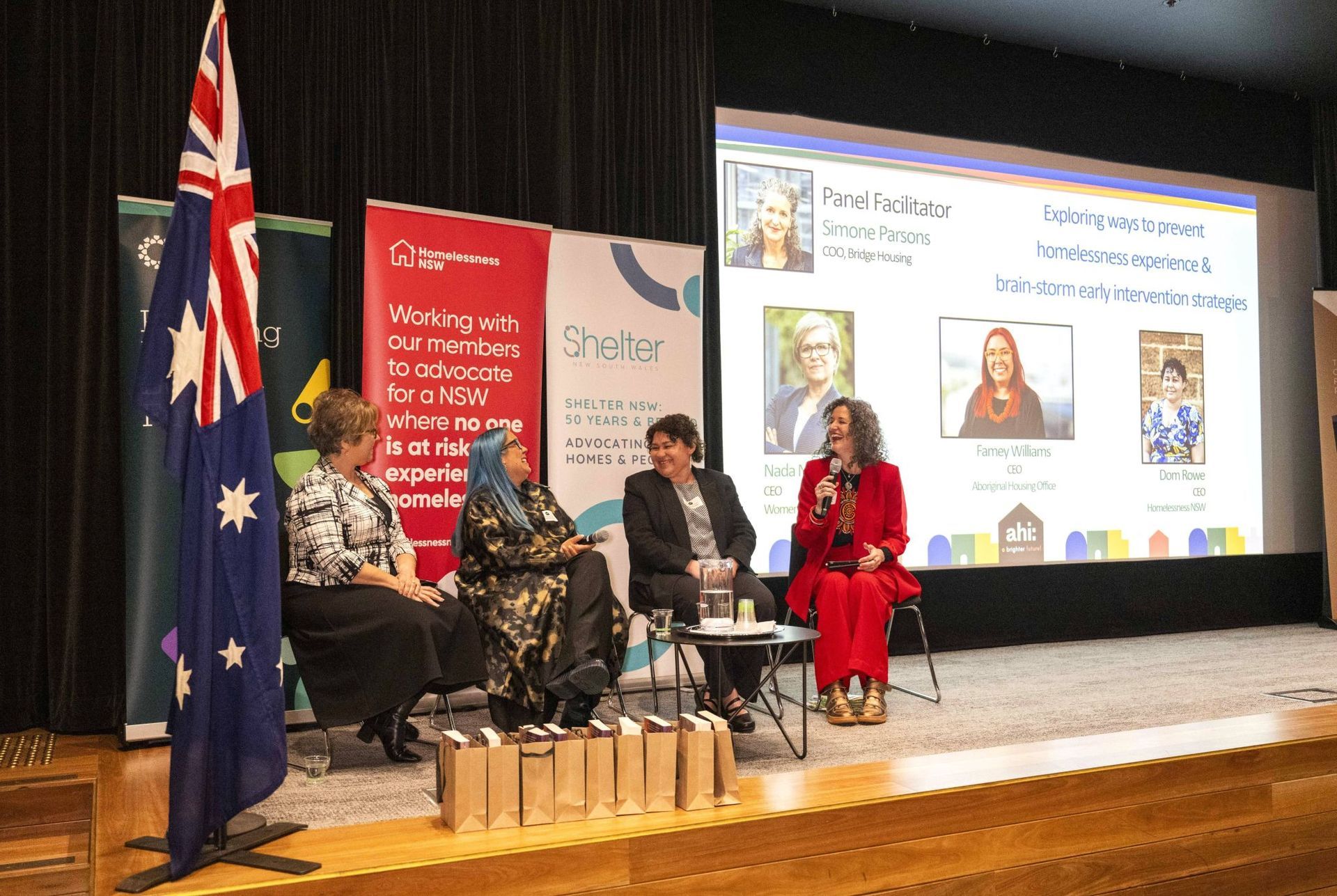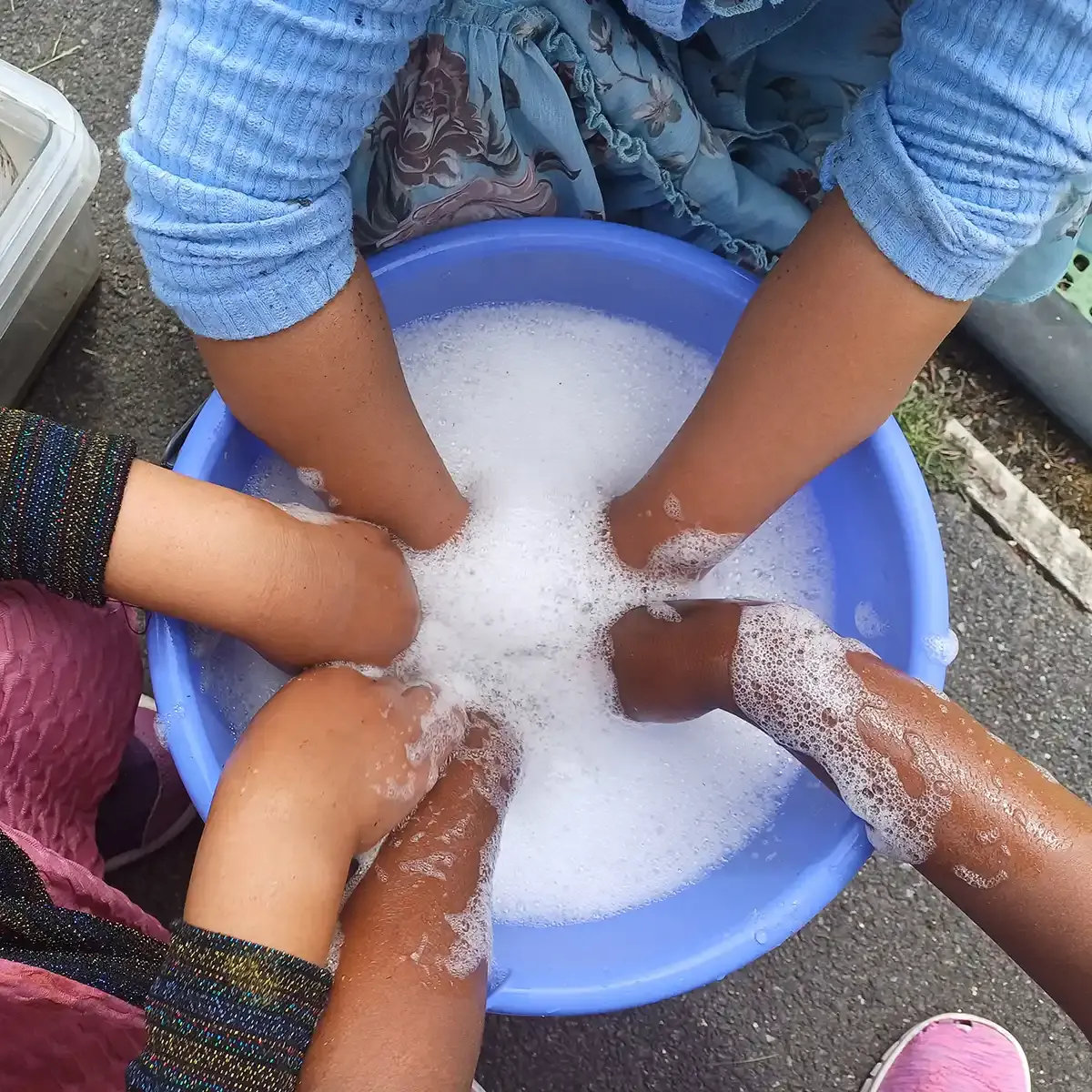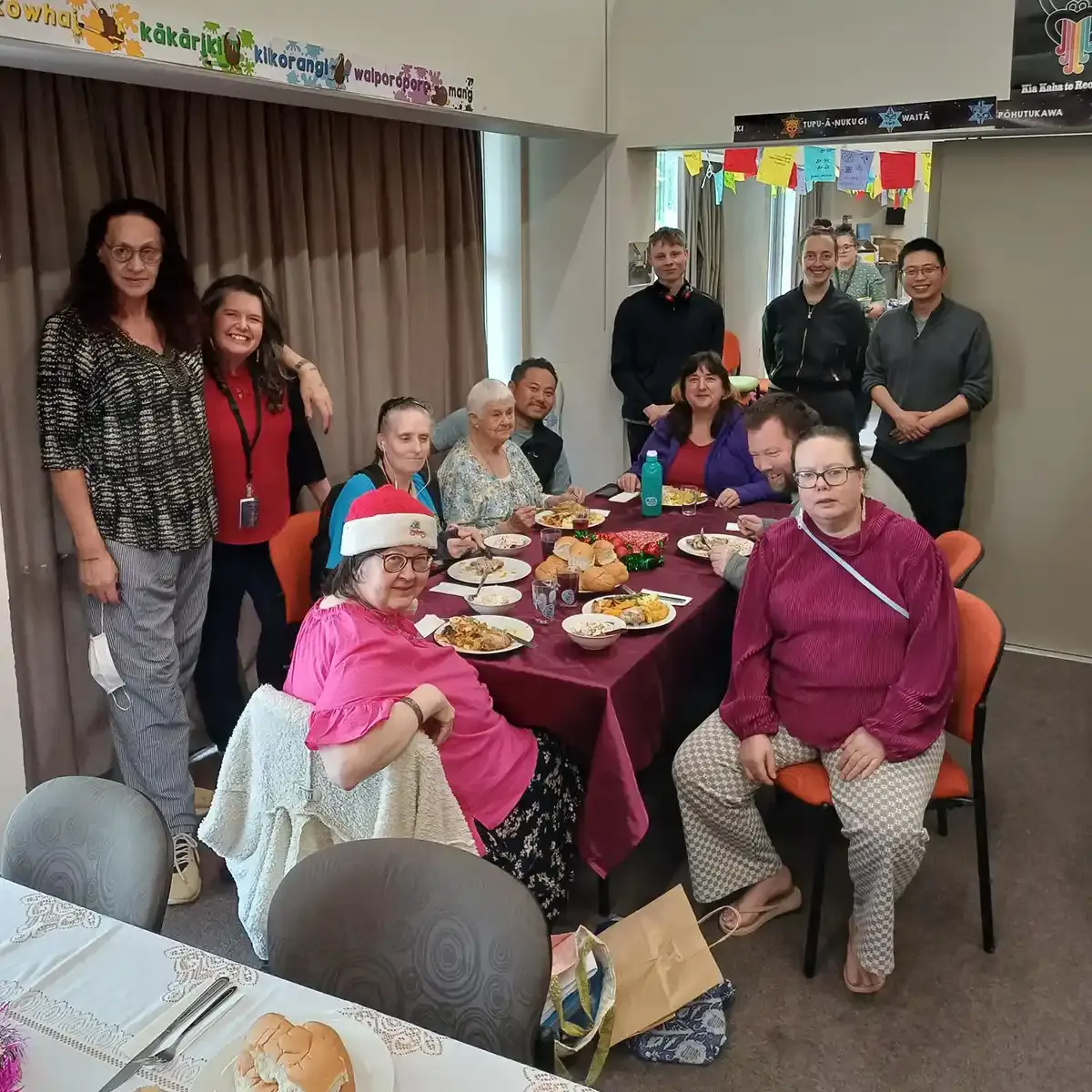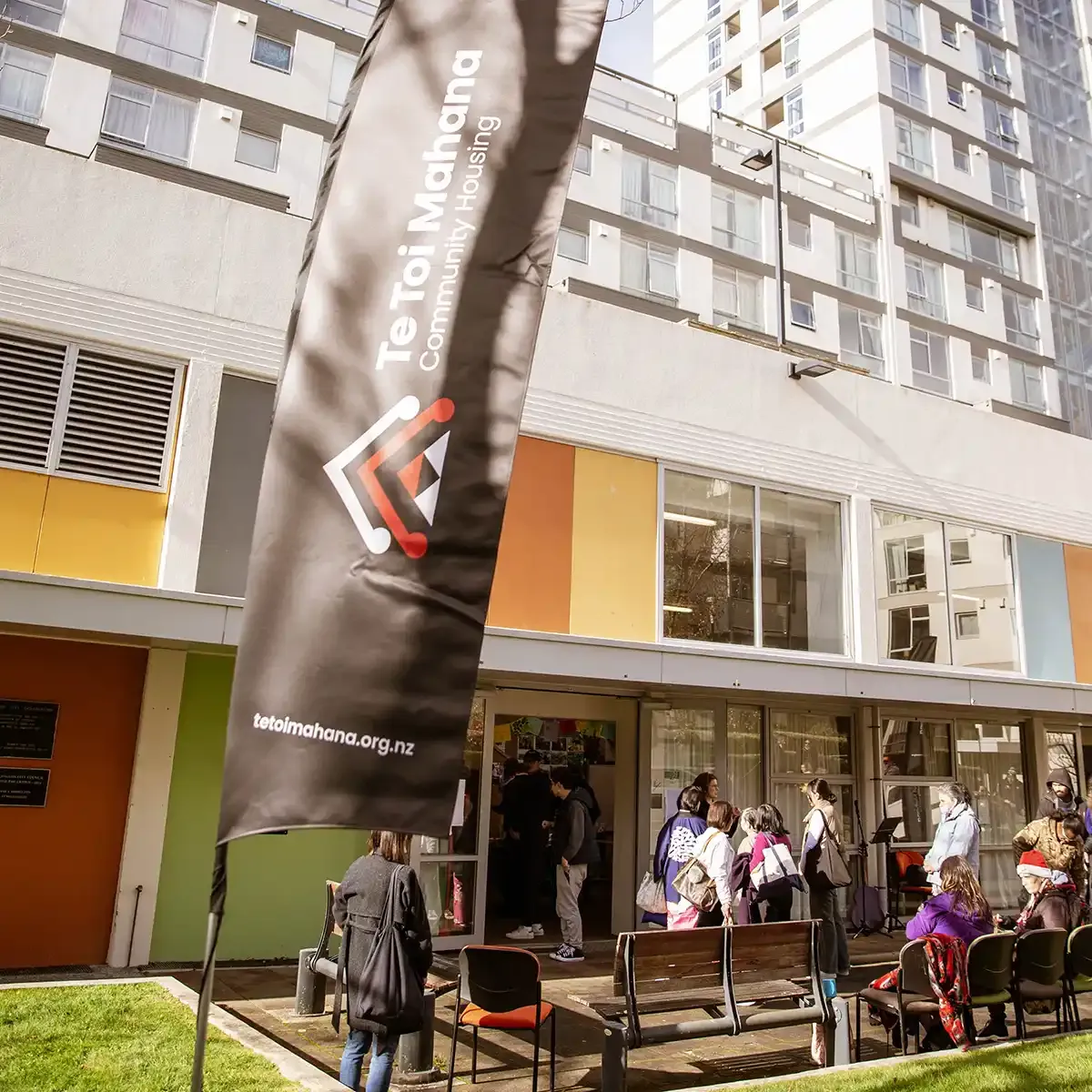On the back of their remarkable staff satisfaction results for 2023-2024, Te Toi Mahana tenants recently had their say on the organisation’s performance, and the results have left CEO Angelique Jackson and her team as pleased as punch — and keen to do more.
As we detailed in the June 2024 edition of HousingWORKS, it’s been an extraordinary couple of years for the staff and tenants that make up the Te Toi Mahana community in Te Whanganui-a-Tara (Wellington), Aotearoa New Zealand. In 2023, the Wellington City Council restructured the organisation into a charitable trust to take responsibility for its social and community housing stock.
As Angelique Jackson noted in that article, it was a challenging and exhausting time for both the staff and the wider Te Toi Mahana community. But, the results of the 2023-2024 Tenant Satisfaction Survey, like those of their Staff Satisfaction Survey, suggest the long hours, sleepless nights and dedication to the task at hand have been worth it.
Here’s what the survey revealed…
To say the stakes were high for Te Toi Mahana with this tenant survey would be an understatement. Not only was it the first survey of residents and tenants since separation from Wellington City Council’s City Housing, but a decent proportion of respondents had also been housed by the council in some cases for close to 40 to 50 years.
Participants were given the option of completing a written or online survey. Significantly, only 50 residents completed the survey online in 2022, while this year, that number leapt to 191. To ensure consistency, and to accurately measure any improvements or decline in tenant satisfaction, the questions included in the latest survey were, with a few exceptions, identical to those asked by City Housing in previous surveys.
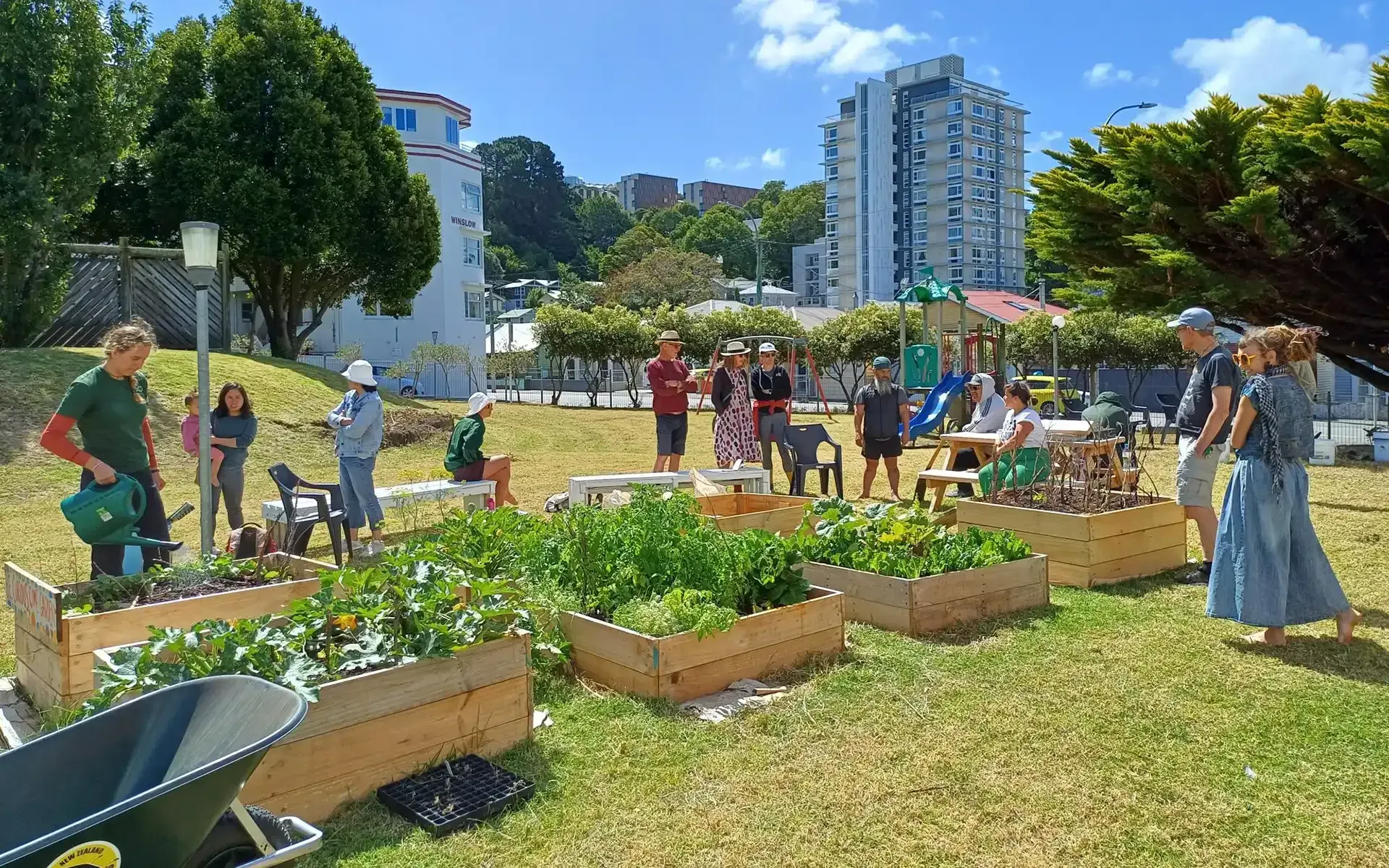
The results showed a modest rise in overall tenant satisfaction––from 76% in the 2022 City Housing survey to 77% in 2024. Turnout also increased slightly, rising from 303 responses in the last survey to 323 in the latest renewal.
“This was a really big deal for our tenant community and for our staff,” explains Angelique. “In terms of our expectations, I was hoping not to drop, but I wasn't sure with such a major change. I would've been surprised if it had been a big drop [in tenant satisfaction] because, since we went live in August 2023 until now, I've not received one complaint about the transition, which is pretty amazing.”
“I put that down to the extensive engagement we did leading up to the change from about a year out,” she continues, “We did lots of in-person events, we did translations of all the consultation material because we've got over 40 different languages spoken in our tenant population. It looks like we really hit the mark. We were really transparent, and we've continued to be transparent since set-up.”
For Te Toi Mahana, tenant satisfaction cannot be measured by just one aspect of their housing experience. Although Angelique doesn’t hesitate to emphasise how community plays a huge role in overall satisfaction.
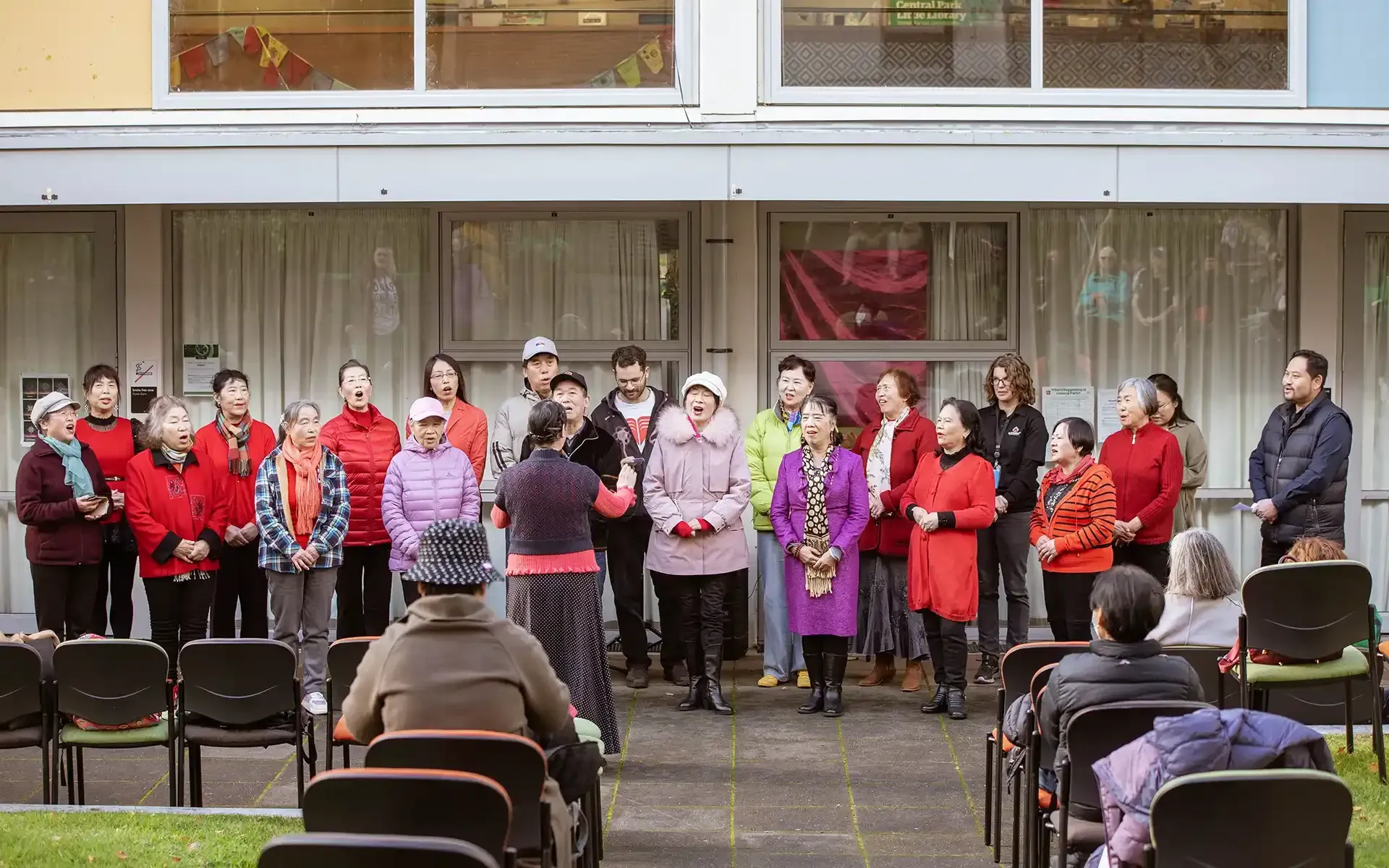
“I want all of our tenant community to really feel like they're part of the community; that their needs are met in terms of their housing at a bare minimum,” she explains. “They know how to communicate with us — if they log a job for maintenance, that it's done quickly, and they know what's happening. That they know who their tenancy advisor is, that they know where to get help if they need it.”
Ensuring tenants feel valued is another crucial part of tenant satisfaction: “The stigma of being a social housing tenant should lessen. They should feel as important in the community as anyone else and have a good quality of life despite being on a really low income. We can help with that where we can. Obviously, there are things outside of our control––government policy, cost of living and so forth––but where we can, we’re a safe place to go to ask for help.”
The transition to Te Toi Mahana
A moment of truth for the organisation, the survey asked tenants to rate their level of satisfaction with the change from City Housing to Te Toi Mahana. Over 70% of survey respondents were ‘satisfied’ or ‘very satisfied’ with the transition, and only 4% were ‘dissatisfied’.
“It speaks well to how the team managed what was quite an intensive process; coming from the council to setting up Te Toi Mahana,” says Seb Bishop, Te Toi Mahana’s Communications and Engagement Manager.
The survey provided respondents with room to expand on their experience and, as Seb explains––while there was, naturally, some negative feedback––vital details also came to light.
“We did a bit of analysis and learned that car parking was a particular issue, even though that didn't quite come through any of the specific questions,” he reveals. “So that was an example of the free text option [in the survey] highlighting some of the issues that we’re now focused on addressing.”
“Parking has been a number one issue for our staff for ages that we just haven't been able to solve for a variety of reasons, mainly because the amount of units and car parks don't line up,” adds Angelique. “But hearing from our tenants that it's pretty much their number one issue, too, put the spotlight on it and made us realise we've put it in the too-hard basket and we can't do that anymore. So, we’ve established a parking working group and now have some solutions in the works.”
As Seb notes, “The other theme the free text comments unearthed was the sense of community and tenants really valuing the broader Te Toi Mahana community. So, that's something that's really important to us. It was really cool to see that come through from the tenants.”
An emphasis on quality of life
Quality of life is a key metric of tenant satisfaction for Te Toi Mahana. In the 2022 City Housing survey, 78% of residents said they had a ‘good’, ‘very good’ or ‘extremely good’ opinion of the overall quality of their life, with 6% saying they felt they had a ‘poor’, ‘very poor’ or ‘extremely poor’ quality of life.
In this latest renewal of the survey, 76.4% of respondents felt their quality of their life was ‘good’, ‘very good’ or ‘extremely good’, while the number of residents who believed their quality of life was ‘poor’, ‘very poor’ or ‘extremely poor’ rose slightly to 9.2%.
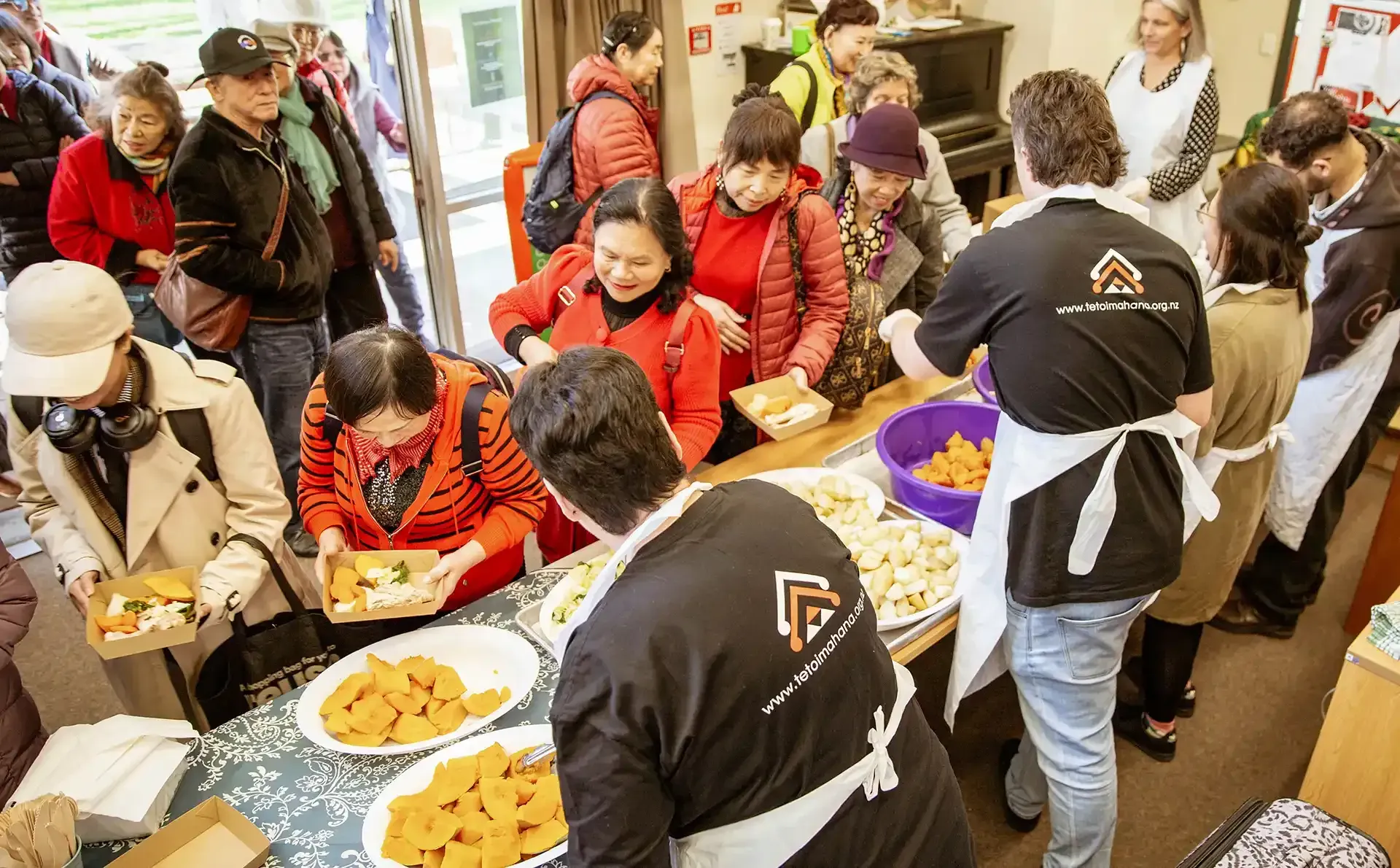
While determined to do better in the next survey, Angelique says the results were quite pleasing in the context of the economic conditions being felt across Aotearoa New Zealand.
“When you think about the pressures and the struggles that a lot of our tenant population has, and of course, the wider community, we're still really happy with [those percentages], but obviously, we'd like to see that gap closing over time.”
She adds the early findings of research conducted by the Public Housing Urban Regeneration Project, covering six housing providers around the country, indicates the longer a person is in social and affordable housing, the more likely it is that their quality of life will improve.
“A lot of that's due to tenure,” details Angelique. “So, the longer someone's in stable accommodation, which I think is no surprise to many of us, it lessens their anxiety; they can stay in the same schools and the same support services, and they can build community. Our tenants don't ever have to move on if they don't want to, so I think we're starting to see some of the benefits of that, of not having that insecure accommodation.”
Adding a new question into the survey
How would you say your current housing situation contributes to your wellbeing?
This question was introduced into this year’s survey to better understand the link between housing and tenant wellbeing. Seventy-three percent of Te Toi Mahana residents said their housing situation either ‘positively’ or ‘extremely positively’ contributed to their wellbeing.
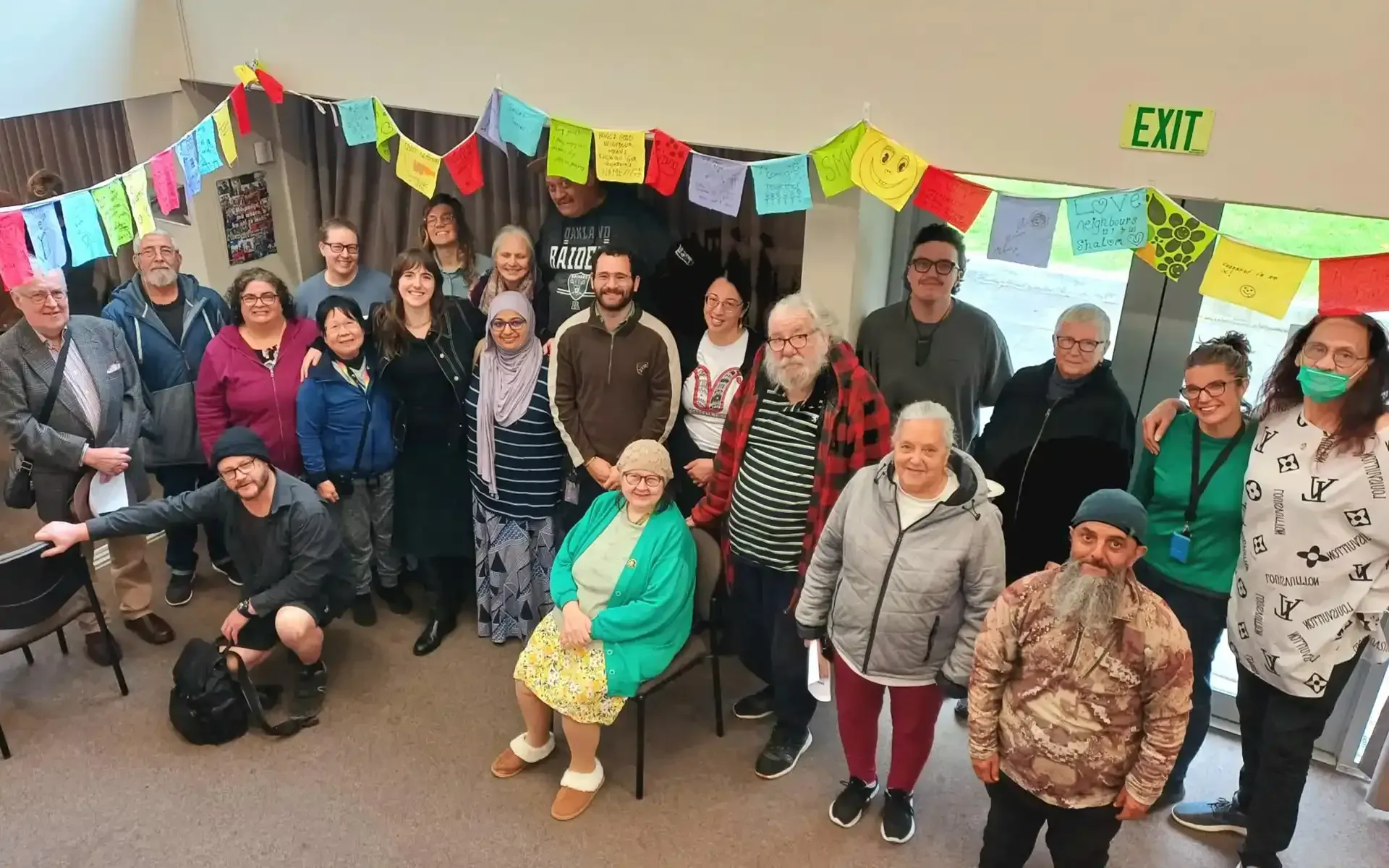
“It ties in a bit with the quality-of-life question but from a slightly different angle,” notes Angelique. “How important is that house in terms of how you can live your life? So, while we can't compare it to any other year, this is something we're obviously going to try to build upon in the years to come.
The relationship between tenant and tenant adviser
Providing clients with outstanding service and a reliable number one point of contact is non-negotiable at Te Toi Mahana, and a fundamental ingredient in the recipe for good quality of life. So, for the team, seeing service satisfaction had fallen slightly in this survey––from 76% in 2022 to 74%–– is a point of concern.
“Over the last nine years, it's been between 72 to 79 [percent], so that's our area to work on,” admits Angelique. “We’ve got a great staff, but the flipside to that means we do a lot of internal promotions, so it's a success problem but, from a tenant's perspective, it’s a case of ‘Look, I just got to know this person, now I've got another person’, which can cause problems.”
“When I’m talking to tenants, I tell them it's unrealistic in this day and age to expect someone to be in the same job for 10 years and be your tenancy advisor all of that time,” she continues. “Ideally, it should be like going into a bank or going into any other service industry––no matter who you get on the day, the level of service should be exemplary. That's what we're aiming for. So, it’s a work in progress, but it's also a good thing for us to really focus on, I think.”
Engaging in neighbourly activities
As part of the move from City Housing to Te Toi Mahana, the engagement of tenants with each other was an important part of the process. The efforts appear to have paid off, with engagement climbing from 87% in 2022 to 94% in the current survey period.
Angelique credits the growth of their community development team and the continued expansion of their kaitiaki— a Māori word meaning guardians, custodians or caregivers—formed from a group of tenant volunteers, for the rise in engagement.
External agencies co-locating in Te Toi Mahana housing complexes has also played its part in the engagement process. As Angelique explains: “At one of our bigger complexes, Central Park, we have a group called Bench Space; a massive woodworking studio. They’re a community group that was looking for a permanent home, and we had the space so we gave it to them for free.”
“They run woodworking classes for all sorts of different groups,” she continues, “and they run, sort of like a ‘fixery’, where people can bring things in to get repaired. They make things like planter boxes, they've got an LGBTQI+ group, and we've had everyone from children to elderly in those sessions, and even found some hidden woodworkers that might've been doing that as a job in their home countries.”
“It’s not just open to our tenants; it’s open to the wider community, and that’s been massively popular. It’s just growing and growing, and we can't keep up with the amount of requests we get now, which is a great situation to be in.”
“Community gardens is another thing that's growing— literally— all the time,” Angelique laughs. “We've got some research coming out on that too, which we'll share with the network soon. It shows a really direct correlation between what we call mara kai—getting back to how we grow and sharing that with your community.”
So, what’s next?
As an organisation, Te Toi Mahana is now focused on the next survey. Before that happens, though, the first and most obvious action is to continue improving tenant experience for their community. Angelique is confident that some of the developments they’ve already introduced, and others they’re on the brink of introducing, will be instrumental in improving that metric in the coming survey period.
“We’ve started taking over a number of services from the [Wellington City] Council,” she says with enthusiasm. “They were responsible for our reception, which meant people would go to the council for queries about their housing, but we've now set up our own reception here. We've also set up our own contact centre recently too, so we would hope we'd see an even higher engagement next survey, where we've got people just dealing with housing instead of the whole raft of services that council offer.”
Te Toi Mahana would also like to increase the response rate to the survey. “If you look at the survey methodology, 323 [respondents] is a pretty good response rate,” Angelique clarifies. “We got a good breakdown; lots of younger people, lots more ethnicities. So that's really pleasing, and we’ll be trying to build on that.”
“Traditionally, people don't do surveys because they often don't see the point, [they think] it's going to go down some big black hole and those in the ivory towers aren't going to pay any attention to it,” Angelique concludes. “But, if people see that ‘I've completed this, here's the results and here are the actions coming out of that’, then I'm hopeful people will see that as a valid way to give us feedback as well.”
The 2024 Te Toi Mahana Tenant Satisfaction survey results can be
read online.
Share This Article
Other articles you may like
